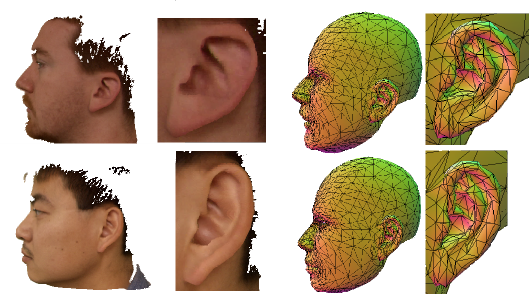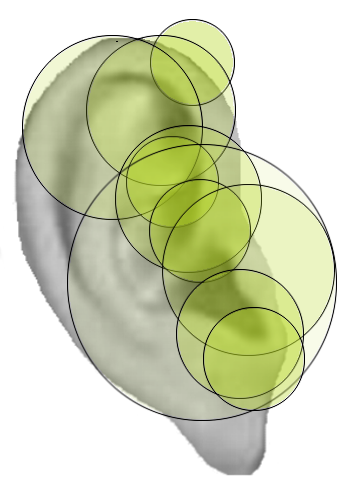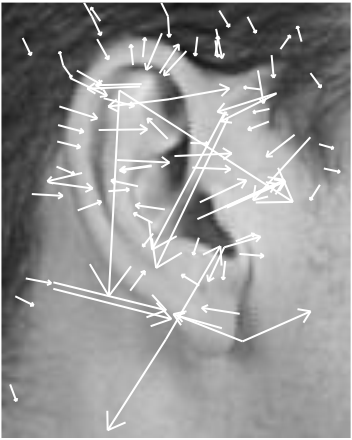Ear Biometrics
Ear Detection
The notion that the ear could be used for identification first came with the work of Bertillon and is even found in Sherlock Holmes. The ear has advantages as a biometric in that the shape of the ear does not appear to vary with age. The first approach to ear biometrics was in 1999 and our work followed soon thereafter. We have written the review chapter on Ear Biometrics in the Handbook of Biometrics and a major review of current work.
Multimodal Database
Database
Our main database is multimodal (gait, face and ear) and includes over 400 people walking in our gait tunnel. This is a multicamera environment where the subject’s gait is recorded by 12 cameras and one camera records a front face view and one camera records a snapshot of the side view for ear recognition. The ear images are therefore collected in an unconstrained way, as subjects walk past a camera.
Force Filed Analysis
3D ear Analysis
Appearance-based ear biometrics
Our earliest approaches used an analogy to gravitational force to develop a technique known as the force field transform. For comparison, we have also used established statistical pattern recognition, such as Principal Components Analysis, as well as using SIFT points for viewpoint analysis. Naturally, viewpoint invariance is achieved by full 3D modelling, which we have also addressed. Our more recent approaches use wavelet based analysis, by using Banana Wavelets which are a curved version of Gabor wavelets. This has already been demonstrated to achieve good recognition when the images of subjects’ ears are acquired over a period of nine months, the first such study of its type.
Modle Point Extraction SIFT Analysis
Model-based ear biometrics
We developed the first model-based approach to ear biometrics which has links to ear embryology and leads to techniques which can better handle noise and occlusion in practical scenarios.






